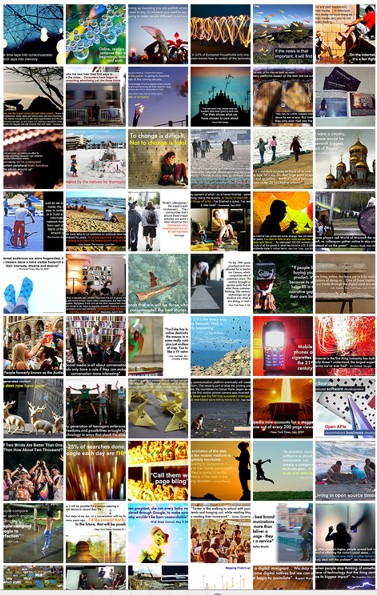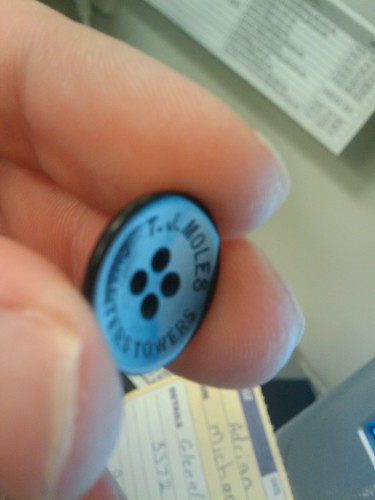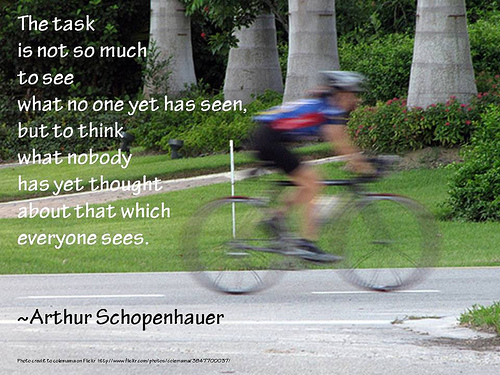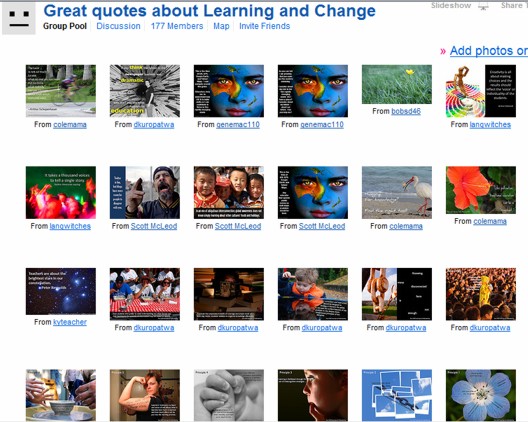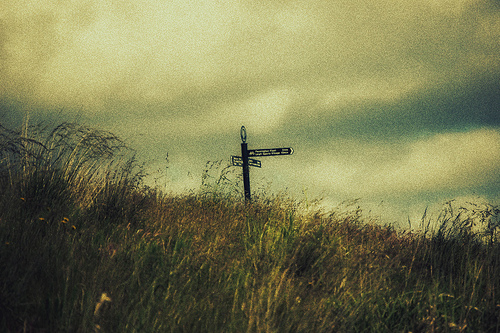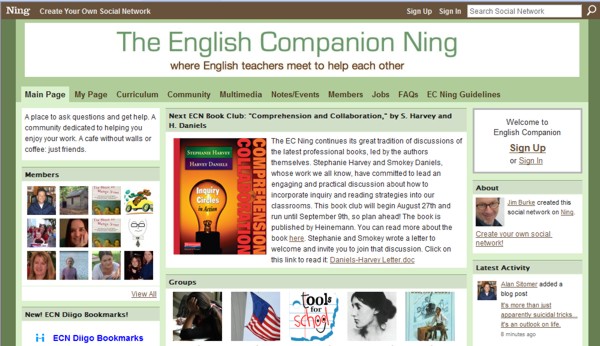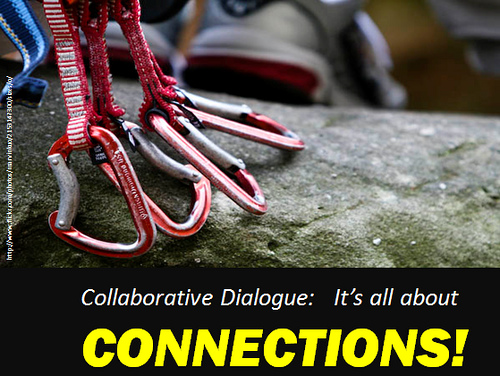
Yes, another post about Flickr. This time, I’ve discovered the Group Great quotes about learning and change. The image/quote above has been added by canesinthecup. If you look at the rest of canesinthecup’s photostream, you’ll find more quotable quotes, such as this one:
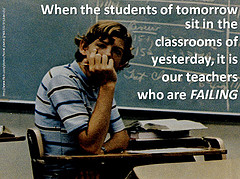
This Schopenhauer quote is a favourite of mine and was added by colemama:
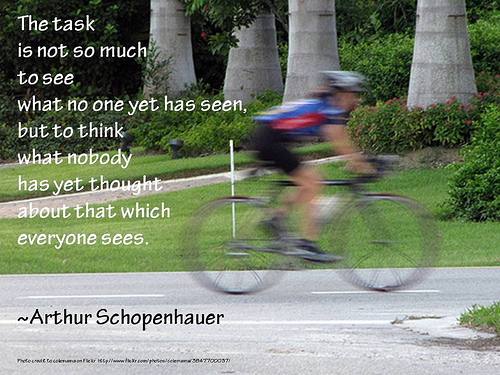
Darren Kuropatwa, an educator I’ve known since my involvement with Powerful Learning Practice Program, and who is a mentor to me, used a powerful Seth Godin quote for this slide:
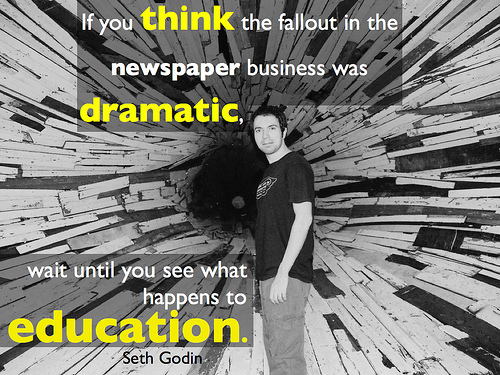
I like his choice of Jared Klett’s image – very apt. Darren took the quote from a blog post by Seth Godin which has resonated with him.
It was actually Darren who initiated a collaborative slideshow within the PLP cohort. Darren selected the theme Teaching well for the slideshow. PLP cohort members were invited to sign up on a Google Document for a slide.
We will collaboratively create a 20 slide presentation (not counting the title slide) called “Teaching Well”. 20 slides in 10 pairs of contrasts: “Teaching well is more like < slide 1 > than it is like < slide 2 >.” or however else you want to create contrast.
Each day one slide is added to the deck that builds on those that came before. The final 4-6 slides must bring the presentation to some sort of close.
The final product demonstrated, in its collaborative opportunity, that we are much more than the sum of our parts. It was fun to browse Flickr in search of an image which would best illustrate the idea expressed. I still hope to do this with a class.
Darren included a few instructional slideshows. One of them is Brain Rules for Presenters. Another is Dodging Bullets in Presentations. And also Taking Your Slidedeck to the Next Level. All excellent guides to visual accompaniment to a conceptual presentation.
In a PLP discussion, Darren recommended his friend lynetter‘s Digital changes everything on Flickr. She has 3 sets. One of them is Interesting Snippets which she explains is
my personal dumping ground for various cool quotes, the odd stat, as slides to talk around when describing how things are changing online and in media & communications generally.
It’s a great collection of visually supported quotations.
So much to be discovered on Flickr. It really is more than just a bunch of pictures.

